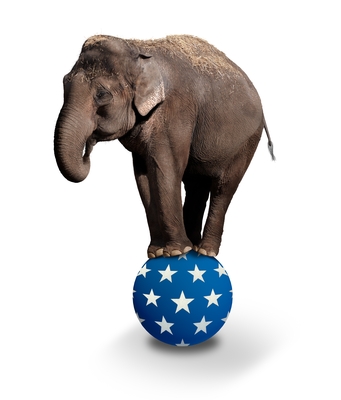 Numbers fascinate us.
Numbers fascinate us.
Political pollsters live (and die, metaphorically) by them. They’re the center of accountants’ and actuaries’ work. PR professionals create news through numbers. And Web sites and social media attempt to measure impressions and results in some form of credible numerics.
At the same time, numbers can be manipulated. Just because only a teeny percentage of Millennials isn’t bored by advertising – or so trumpets an Edelman survey of 4,000 of these cohorts – doesn’t mean that the vast majority of them don’t fast-forward their Tivos during ad segments. Any reported quantity of Facebook likes, even in the high double digits, only reveals that many folks are clicking in to participate in a promotion, win a prize, or share information for points.
In short, we’re jaded number crunchers. The mother/daddy of all statistical generators, the election researchers, showed their true selves this fall, with the U.S. Presidential election. Instead of guiding and advising candidates, pollsters allowed for the churns and flip-flops of their clients. [No, it wasn’t just Mitt Romney, trust us.] A majority of West Coast voters favor gay marriage? Then, our to-be representatives replied “aye” with vigor. Healthcare the number-one issue on Easterners’ minds? You bet, at least some form of Obamacare was sanctioned by all.
Polls, to us, are real opportunities to listen, to guide our behaviors, to refine our actions. Sure, they’re grist for our external relations colleagues to drive awareness. We’ve done the same in previous lives. Consider this: The best of researchers use carefully planned statistics as an architecture, the foundation for causes and reasons and emotions. They pore over every word, every question, then copy-test to ensure that the clarity of the question will produce answers of meaning. When responses appear, they’re sliced and diced and cross-scrutinized to ensure accuracy of reporting, then mapped to indicate future trends and issues (and needed metrics).
That kind of care with numbers is our true North Star, whether driving change or marketing or brand campaigns. Say it’s so, Mark Twain.
